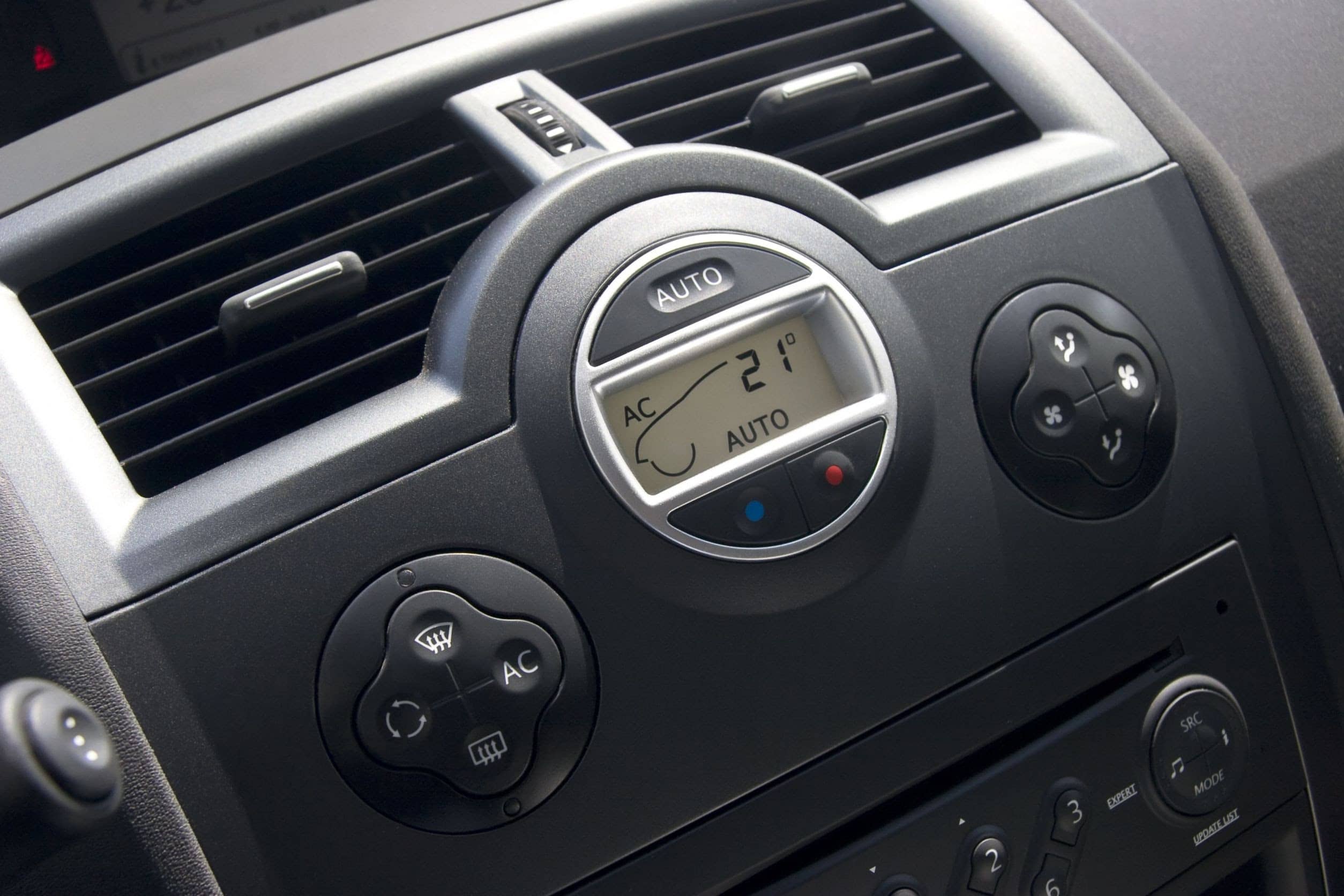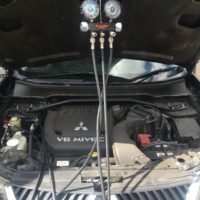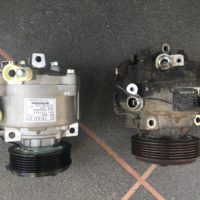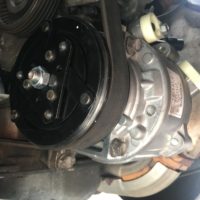
28 Sep Mitsubishi Outlander Aircon Faults
MITSUBISHI OUTLANDER AIRCON FAULTS
When the air conditioning in your Mitsubishi Outlander aircon starts blowing hot air, you likely have a refrigerant leak.
The most common fault on the Mitsubishi Outlander air conditioning system is the discharge aircon hose leaking at the ferrule crimp. This hose is repairable by cutting off old ferrules and welding new ones on and replacing the rubber hose section.
One other issue they have can be the AC compressor clutch coil shorting out. So, you would find there is power going to the compressor but not engaging the clutch. If this occurs, no refrigerant will enter into the evaporator thus no cooling. It usually recommended replacing the compressor in this circumstance.
Here are the five main components of the automotive air conditioning system and what they do:
• Compressor. It’s located in the front of the vehicle and is responsible for putting the refrigerant under pressure. It works to compress the gas to the point of around 250 psi and increase the temperature at the same time.
• Condenser. A radiator-like component that the gas moves through once it has been heated up. Inside the condenser, the gas is converted to a liquid as the heat removed.
• Evaporator. It’s responsible for pulling the refrigerant into the vacuum, where the gas then becomes cold.
• Thermal expansion valve. It changes the system from high pressure to low pressure. It’s where things change from hot to cold.
• Drier or accumulator. Removes the water that has entered the system. Without this step, the unit can form ice crystals, which can damage the air conditioning unit.
When you turn on your vehicle air conditioner, and the air comes out, it may all seem so simple. After all, you are only hitting a switch. But the truth behind it is that multiple components are working together to give you that refreshingly cold air. If any of these components are not working correctly. It will prevent the whole unit from working the way it should, making it essential to have it serviced as soon as possible.
MITSUBISHI AIR CONDITIONER COMPRESSOR
Car air conditioner compressor commonly referred as the heart of the system. Also, most compressors are belt driven that fastened to the engine. It’s responsible for compressing and transferring refrigerant gas.
Car air conditioning systems have two sides: a high-pressure side and a low-pressure side. It’s defined as discharge and suction. Since the compressor is a pump, therefore it must have an intake side and a discharge side. Most importantly, the intake or suction side draws in refrigerant gas from the outlet of the evaporator. In some cases, it does this via the accumulator.
Also, refrigerant entered into the suction side is compressed. Then sent to the condenser, where it then transfer the heat it absorbed from the inside of the vehicle.
YOUR MITSUBISHI OUTLANDER AIR CONDITIONING SYSTEM IS MADE UP OF MANY WORKING PARTS LIKE:
• Compressor
• Condenser
• Receiver Drier
• Expansion Valve
• Evaporator
• Hoses
• Cabin Filter
KEEPIN’ COOL CAN SUPPLY A RANGE OF AUTO AIR-CON COMPRESSORS TO SUIT BOTH NEW AND OLD VEHICLES.
Please call to discuss your specific requirement. Or if you like free advice on your vehicle air conditioning problem, then we would be most pleased to talk with you. Alternatively, ask a question using the Contact Form below.




